This Tiny Fingernail-Sized Spacecraft Holds The Key To Exploring Extraterrestrial Life
Dhir Acharya - Apr 17, 2019
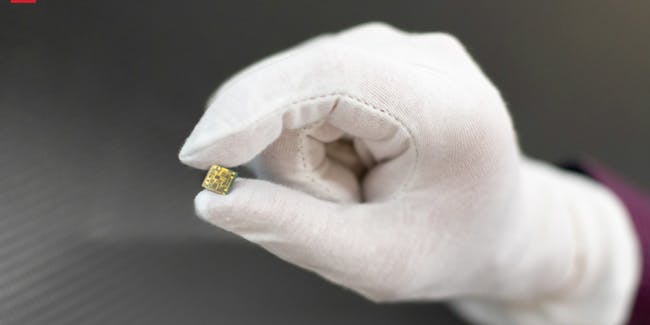
While big rockets help bring humans to outer space and other planets, we cannot underestimate the role of small, even tiny, spacecraft.
- The First Space Hotel In The World Will Welcome 400 Guests
- Startup Builds Vehicle With Soviets Tech To Collect Space Garbage
- World's First Space Hotel To Begin Construction In 2025 With Rooms For 400 Guests
For a long time, space agencies have been building larger and larger rockets, catching a lot of attention from space enthusiasts, including the Space Launch System of NASA, the Falcon Heavy and Starship of Elon Musk’s SpaceX. While big rockets help bring humans to outer space and other planets, we cannot underestimate the role of small, even tiny, spacecraft in optimizing access to space as well as benefitting other people on Earth.
This statement was from Peter Beck, CEO and founder of RocketLab, a company specializing in helping firms launch smaller satellites using a more sustainable process. According to Beck, the company can launch rockets every 72 hours in the next three decades from New Zealand with thanks to innovations in both technology and regulations.
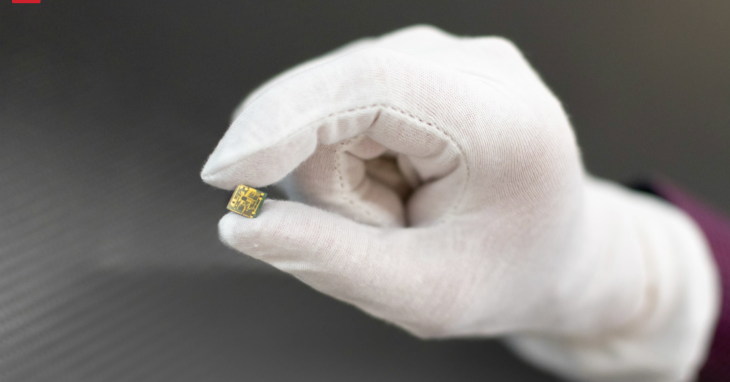
RocketLab's tiny spacecraft
During a 10 minute Ted Talk, Beck shared the image above while explained how tiny spacecraft holds the key to the democratization of going to space and its benefits.

He believes that what really matters is the launch frequency, not the rockets’ sizes.
The spacecraft in the aforementioned picture is an example of what RocketLab is launching in the next year, thousands of them, to explore the solar system. The company will send these spacecraft into space using its Electron Rocket, which is 17 meters tall and able to carry 225 kilograms of payload only. Compared to the 63,775-kilogram capacity the Falcon Heavy can carry, the Electron is pretty tiny, but Beck says a lot of technology can be packed into such small payloads, including four high a lot of sensors, resolution cameras, and a communication system. He added that the spacecraft carries the mission to search for extraterrestrial life.
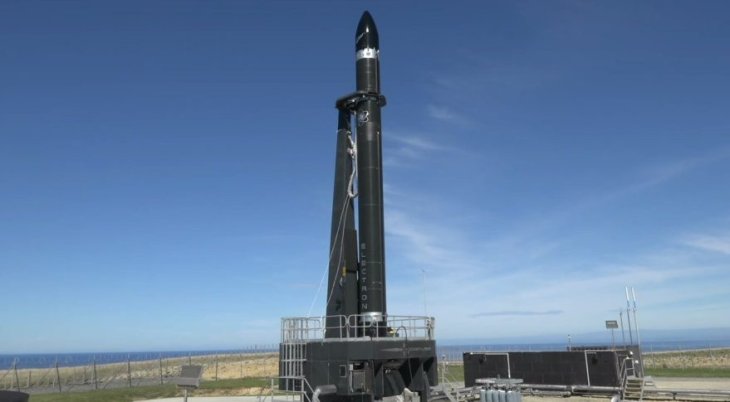
An Electron Rocket
Since 2017, RocketLab has launched 25 satellites in orbit with five successful launches to overcome certain hurdles in terms of technology, logistics, and infrastructure. Beck also noted several benefits: secluded, island launch sites can easily meet the requirements for water space and free air without interfering other infrastructures.
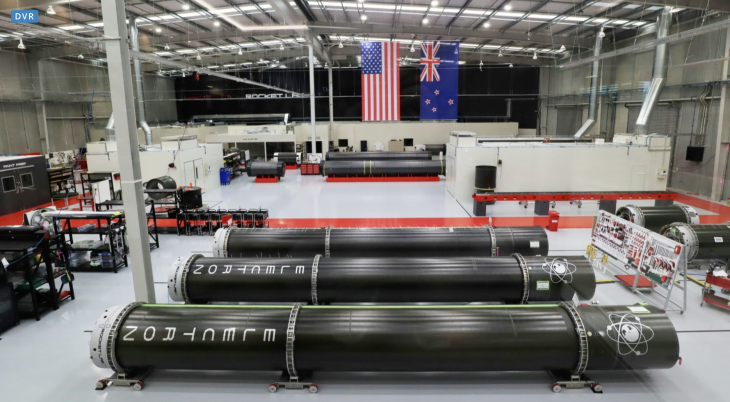
To increase the launch frequency, the manufacturing process of rockets needs streamlining. But by using 3D printing, the company is able to make an electron rocket within 24 hours, which consists of turbopumps at the size of 20 coke cans and has the same power as a family car. In addition, the way these rockets enter orbit is not conventional either, which Beck claims to reduce the space junk issue.

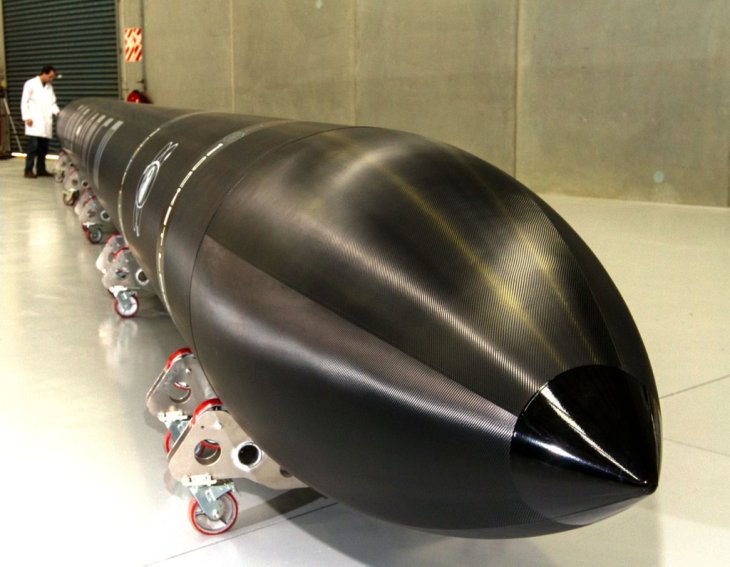
Compared with the Falcon Heavy, the Electron is tiny
With this in mind, RocketLab uses its own engine for a special kick stage. When the rocket’s second stage gets to the perigee of a high elliptical orbit, it ejects from the payload and the kick stage and burns up. Next, the kick stage delivers the payloads using its own engine and then travels to a higher elliptical orbit where it will burn up too.
As Beck says, the whole process leaves nothing behind.
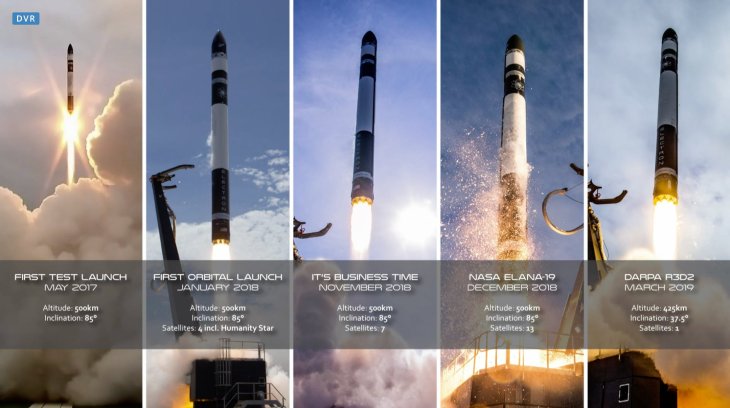
Although big ass rockets satisfy people’s imagination about space travel, Beck’s tiny tech is more likely to unleash the greatest benefits for mankind in the short term. For example, we can more easily cover Earth with cheap, reliable internet with each extra launch and payload that we can carry out in a specific time frame.
Featured Stories

Features - Jul 01, 2025
What Are The Fastest Passenger Vehicles Ever Created?

Features - Jun 25, 2025
Japan Hydrogen Breakthrough: Scientists Crack the Clean Energy Code with...

ICT News - Jun 25, 2025
AI Intimidation Tactics: CEOs Turn Flawed Technology Into Employee Fear Machine

Review - Jun 25, 2025
Windows 11 Problems: Is Microsoft's "Best" OS Actually Getting Worse?

Features - Jun 22, 2025
Telegram Founder Pavel Durov Plans to Split $14 Billion Fortune Among 106 Children

ICT News - Jun 22, 2025
Neuralink Telepathy Chip Enables Quadriplegic Rob Greiner to Control Games with...

Features - Jun 21, 2025
This Over $100 Bottle Has Nothing But Fresh Air Inside

Features - Jun 18, 2025
Best Mobile VPN Apps for Gaming 2025: Complete Guide

Features - Jun 18, 2025
A Math Formula Tells Us How Long Everything Will Live

Features - Jun 16, 2025
Comments
Sort by Newest | Popular